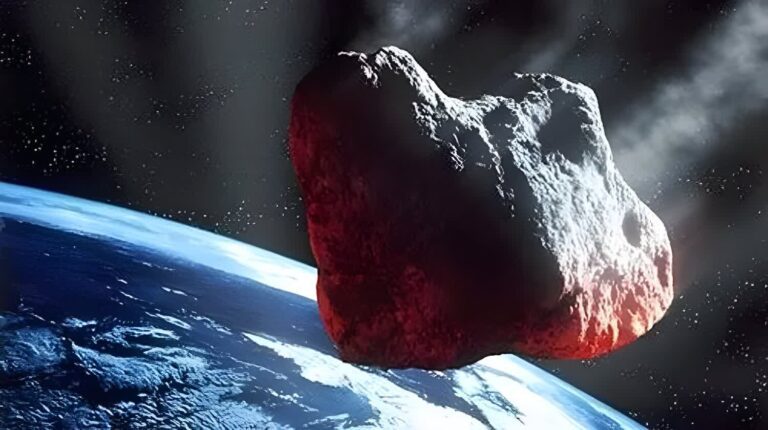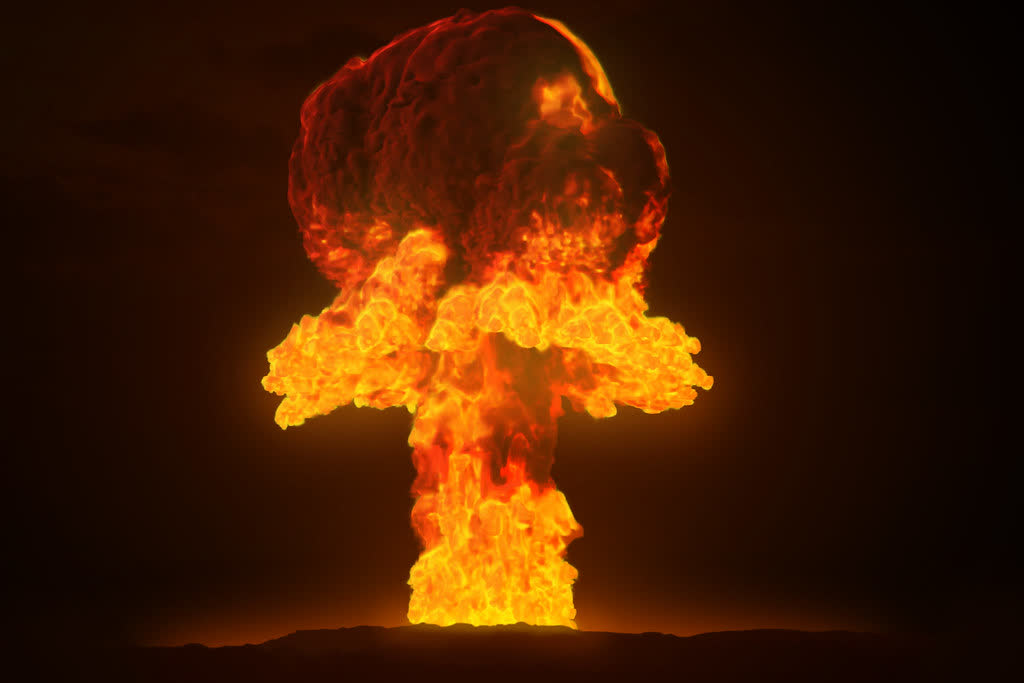
[ad_1]
In brief: Using a nuclear warhead to destroy or change the trajectory of an asteroid on its way to destroy Earth is a plotline seen in disaster movies such as Armageddon and Deep Impact. Now, scientists have developed a new system that simulates the use of a nuclear device for this very purpose.
The Planetary Science Journal published a study called ‘X-Ray Energy Deposition Model for Simulating Asteroid Response to a Nuclear Planetary Defense Mitigation Mission.’ It notes that in the event of a potentially catastrophic asteroid impact, with sufficient warning time, deploying a nuclear device remains a powerful option for planetary defense if other methods prove insufficient.
The study describes a new approach to modeling the spread of x-ray energy from a nuclear device on an asteroid’s surface. These simulations require a variety of different complex physics packages and are computationally expensive.
An efficient and accurate way of modeling this system is necessary for exploring a mission’s sensitivity to the asteroid’s range of physical properties, the researchers wrote. The system must also run at high speeds so there is enough time to prepare countermeasures. The new model, developed by LLNL, also takes into account numerous complex factors, such as reradiation and the penetration of light into asteroid materials.
“Should a real planetary defense emergency arise, decisions around launching reconnaissance and/or mitigation missions will need to be informed by state-of-the-art modeling and simulation capabilities,” researchers explained.
“If we have enough warning time, we could potentially launch a nuclear device, sending it millions of miles away to an asteroid that is headed toward Earth,” said LLNL physicist Mary Burkey. “We would then detonate the device and either deflect the asteroid, keeping it intact but providing a controlled push away from Earth, or we could disrupt the asteroid, breaking it up into small, fast-moving fragments that would also miss the planet,” Dr Burkey explained.
It’s noted in the study that significant progress has been made in developing options for preventing catastrophic Earth impacts, most notably as a result of NASA’s Double Asteroid Redirection Test (DART). The 2022 mission saw a 1,260-pound spacecraft intentionally directed into a 530-foot-wide asteroid called Dimorphos at 14,000 mph. The mission was a huge success, shortening the asteroid’s orbit by 33 minutes. Dimorphos’ orbit around its larger parent asteroid, Didymos, has been shortened from 11 hours and 55 minutes to 11 hours and 23 minutes due to the collision.
“While the probability of a large asteroid impact during our lifetime is low, the potential consequences could be devastating,” LLNL physicist Megan Bruck Syal warned. With the new model, it’s hoped that humanity will have more options when it comes to stopping a massive space objecting hitting our planet.
[ad_2]
